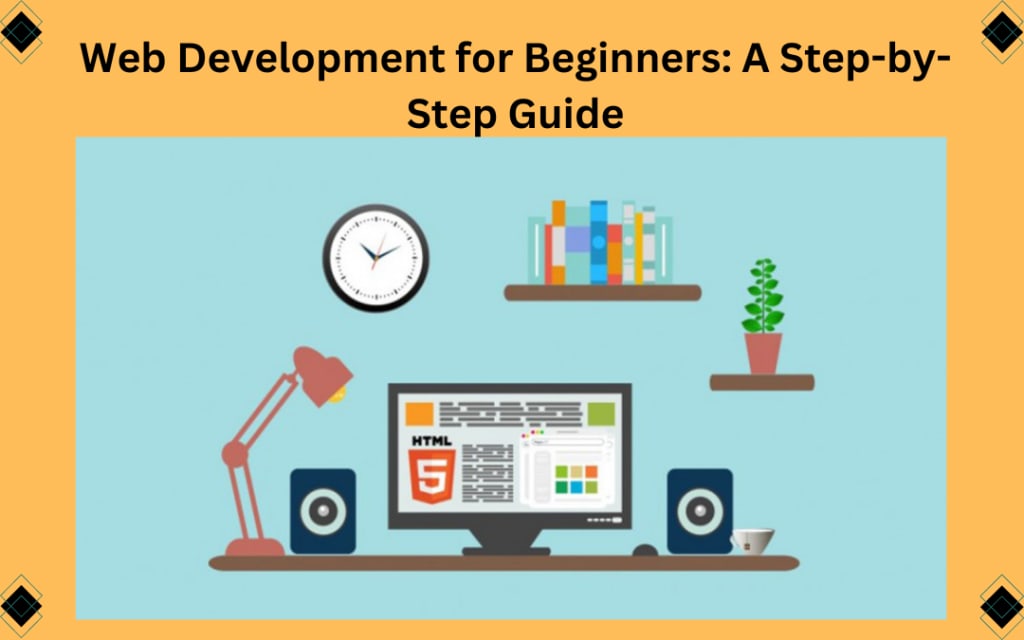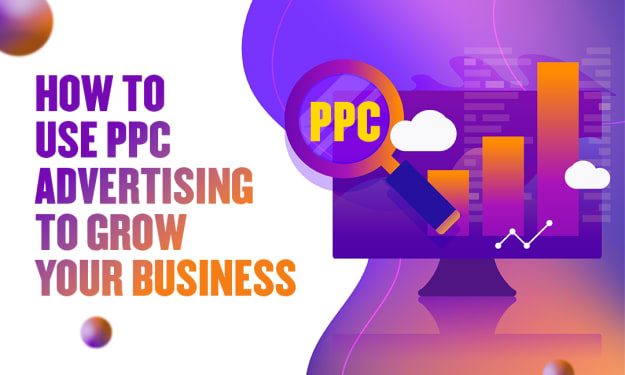Web Development for Beginners: A Step-by-Step Guide
A Comprehensive Guide for Beginner Web Developers

Introduction
Web development is an exciting field with endless possibilities. If you're a beginner looking to embark on your web development journey, this step-by-step guide will provide you with a solid foundation. From understanding the basics to building your first website, we'll cover the essential concepts and tools you need to know. So let's dive in and explore the fascinating world of web development!
Understanding the Basics
Before diving into the technical aspects, it's important to grasp the fundamentals of web development. Start by understanding how the internet works, including concepts such as servers, clients, and the HTTP protocol. Familiarize yourself with the different components of a website, such as HTML (Hypertext Markup Language) for structure, CSS (Cascading Style Sheets) for styling, and JavaScript for interactivity.
Setting Up Your Development Environment
To begin coding, you'll need to set up your development environment. Choose a code editor that suits your preferences and install it on your computer. Popular options include Visual Studio Code, Sublime Text, and Atom. Additionally, you'll need a web browser for testing and previewing your website. Most developers use Google Chrome, Firefox, or Safari. Install the necessary browser extensions and plugins for web development, such as developer tools and extensions for CSS and JavaScript.
HTML: Building the Structure
HTML is the foundation of any web page. Learn the basic structure of HTML elements, including tags, attributes, and content. Understand how to create headings, paragraphs, lists, images, links, and forms. Practice using semantic tags that provide meaning to the content and enhance accessibility. Explore HTML5 features such as audio and video elements, canvas for graphics, and the use of local storage. With HTML, you'll be able to create the structure and content of your web pages.
CSS: Styling Your Website
CSS brings life and style to your web pages. Dive into the world of selectors, properties, and values. Learn how to apply styles to HTML elements, change colors, adjust layouts, and add visual effects. Understand the concept of specificity and cascading rules. Explore CSS frameworks like Bootstrap and Foundation, which provide pre-designed components and responsive layouts. With CSS, you'll have the power to transform your web pages into visually appealing and engaging experiences.
JavaScript: Adding Interactivity
JavaScript is a powerful scripting language that enables interactivity and dynamic behavior on websites. Learn the basics of JavaScript, including variables, data types, functions, and control structures. Understand how to manipulate the HTML document, handle user interactions, and respond to events. Explore popular JavaScript libraries and frameworks like jQuery, React, and Vue.js, which simplify complex tasks and enhance the development process. With JavaScript, you can create interactive forms, perform calculations, validate user input, and create engaging user experiences.
Responsive Design and Media Queries
In today's mobile-centric world, responsive design is crucial. Understand the concept of responsive web design and how to create websites that adapt to different screen sizes and devices. Learn about media queries, which allow you to apply different styles based on the device's characteristics. Practice using flexible layouts, fluid images, and responsive typography to ensure your websites look great on any device.
Web Hosting and Deployment
Once you've built your website, it's time to make it accessible to the world. Learn about web hosting services and choose a provider that suits your needs. Understand the process of domain registration and linking your domain to your hosting account. Explore different methods of deploying your website, such as using FTP (File Transfer Protocol) or utilizing hosting platforms like Netlify or Heroku. By understanding the deployment process, you'll be able to showcase your website to the public.
Conclusion
Congratulations! You've taken your first steps into the exciting world of web development. By understanding the basics, setting up your development environment, and learning HTML, CSS, and JavaScript, you now have the foundation to create and customize your own websites. Remember to practice regularly, explore additional resources, and never stop learning in this ever-evolving field. Enjoy your web development journey!
Content Source - branddiariesgurgaon





Comments
There are no comments for this story
Be the first to respond and start the conversation.